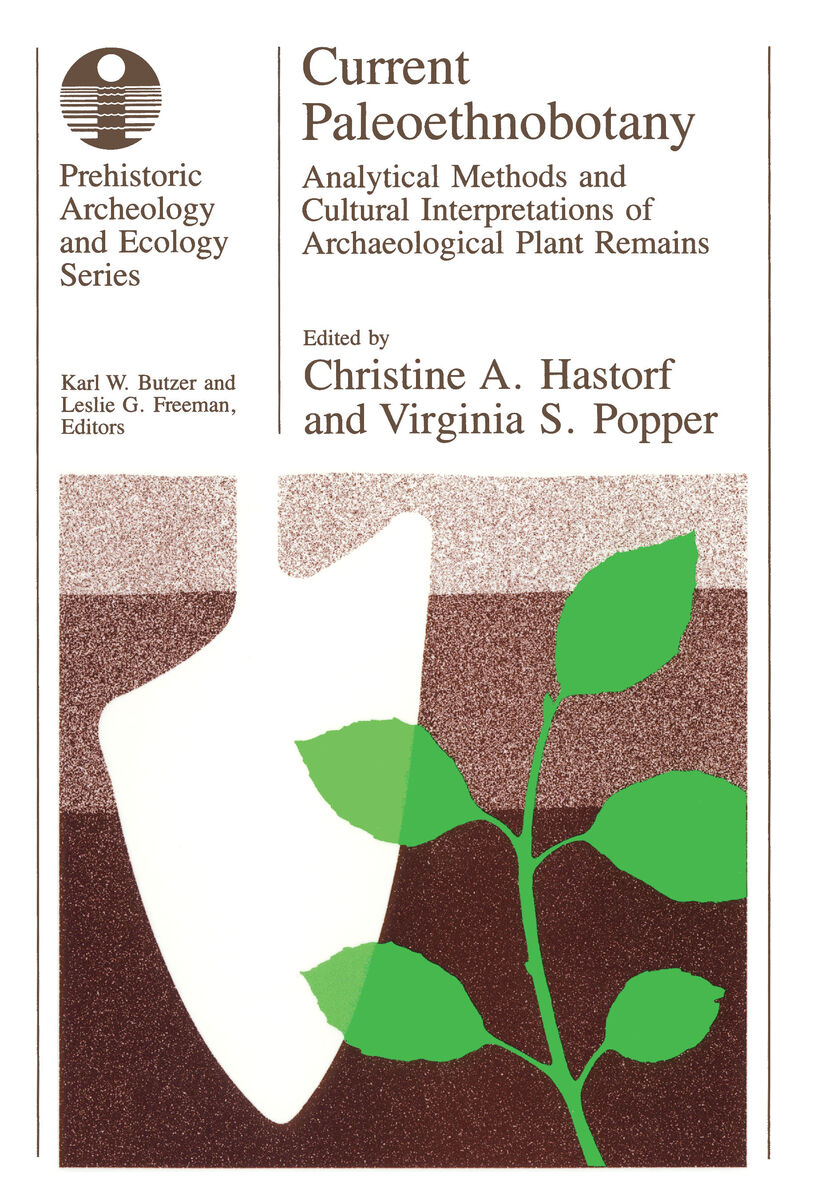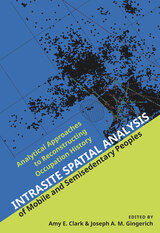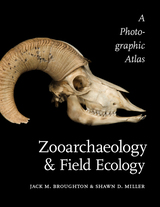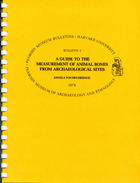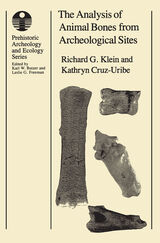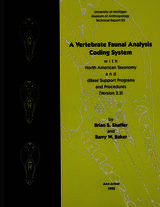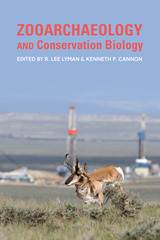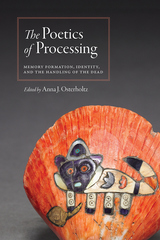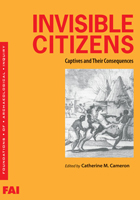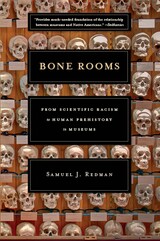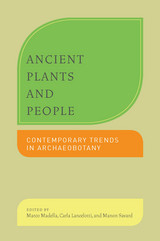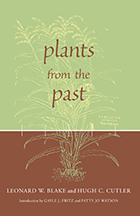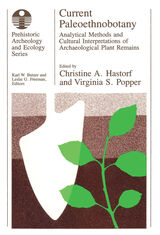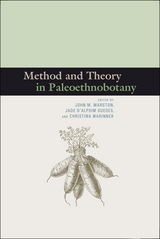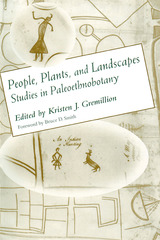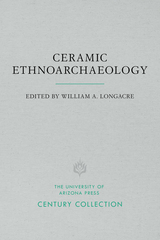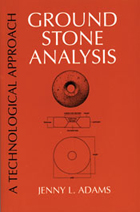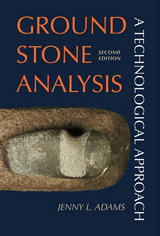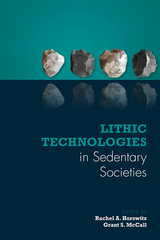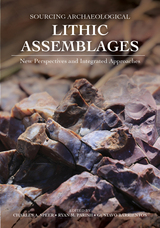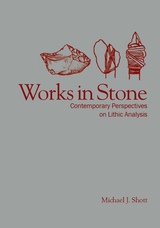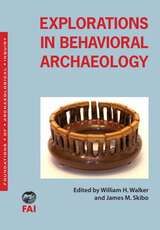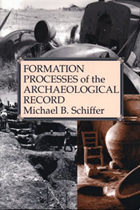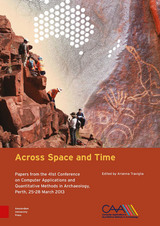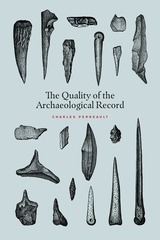Current Paleoethnobotany: Analytical Methods and Cultural Interpretations of Archaeological Plant Remains
University of Chicago Press, 1989
Cloth: 978-0-226-31892-9 | Paper: 978-0-226-31893-6
Library of Congress Classification CC79.5.P5C87 1988
Dewey Decimal Classification 930.1
Cloth: 978-0-226-31892-9 | Paper: 978-0-226-31893-6
Library of Congress Classification CC79.5.P5C87 1988
Dewey Decimal Classification 930.1
ABOUT THIS BOOK | AUTHOR BIOGRAPHY | TOC | REQUEST ACCESSIBLE FILE
ABOUT THIS BOOK
Paleoethnobotany offers powerful tools for reconstructing past cultures by examining the interaction of human populations with the plant world. Plant remains from archaeological sites can provide information for a number of disciplines: archaeologists may use such remains to examine how plants were used, how agriculture changed over time, or how plant offerings in burials signaled social status; ecologists and botanists may use them to study morphological changes in plants due to domestication.
Combining case studies and theoretical discussions, Current Paleoethnobotany presents the first full discussion of the major stages and problems of paleoethnobotanical research, from designing and testing equipment, such as flotation machines, to quantification and interpretation. The volume explores a wide range of issues concerning collection techniques, analytical procedures, and interpretive models that will provide accurate information about past human societies from plant remains. The contributors offer data on specific regions as well as more general background information on the basic techniques of paleoethnobotany for the nonspecialist. Throughout, they explicitly examine the assumptions underlying paleoethnobotanical methods and the ways in which those assumptions affect anthropological and ecological research questions.
Based on a symposium presented at the 1985 meeting of the Society for American Archaeology, Current Paleoethnobotany moves beyond a technique-oriented view of paleoethnobotany to successfully integrate current thinking about both procedures and research goals. The contributors demonstrate the potential value of the field of paleoethnobotany and open the way for further discussion and improvement.
Combining case studies and theoretical discussions, Current Paleoethnobotany presents the first full discussion of the major stages and problems of paleoethnobotanical research, from designing and testing equipment, such as flotation machines, to quantification and interpretation. The volume explores a wide range of issues concerning collection techniques, analytical procedures, and interpretive models that will provide accurate information about past human societies from plant remains. The contributors offer data on specific regions as well as more general background information on the basic techniques of paleoethnobotany for the nonspecialist. Throughout, they explicitly examine the assumptions underlying paleoethnobotanical methods and the ways in which those assumptions affect anthropological and ecological research questions.
Based on a symposium presented at the 1985 meeting of the Society for American Archaeology, Current Paleoethnobotany moves beyond a technique-oriented view of paleoethnobotany to successfully integrate current thinking about both procedures and research goals. The contributors demonstrate the potential value of the field of paleoethnobotany and open the way for further discussion and improvement.
See other books on: Analytical Methods | Archaeology | Paleoethnobotany | Plant remains (Archaeology) | Social Science
See other titles from University of Chicago Press
